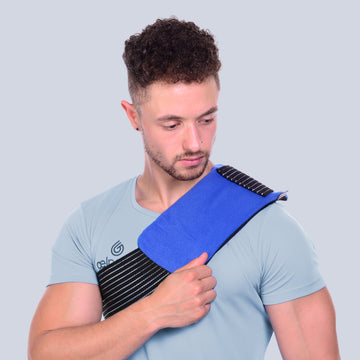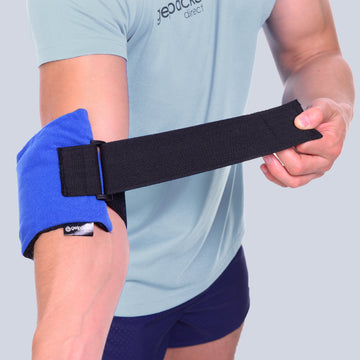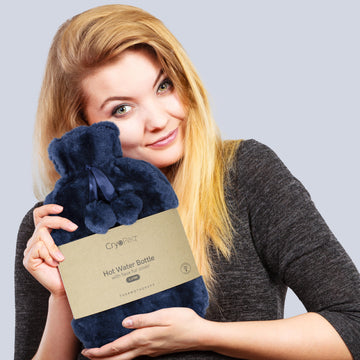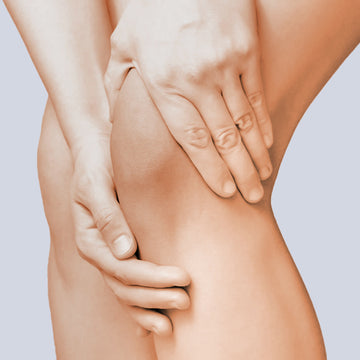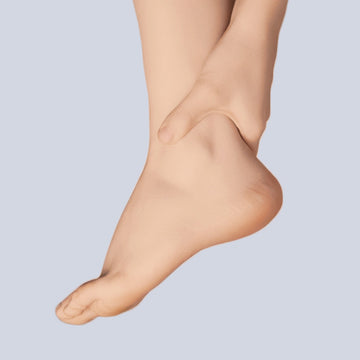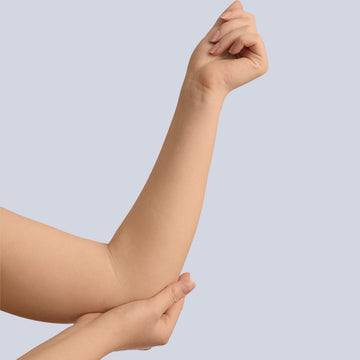Alternating Hot and Cold Therapy: Supercharge your Recovery with Contrast Therapy
by Mark Woo on Dec 23, 2022
Alternating Heat and Ice for Injuries
Are you tired of constantly reaching for over-the-counter pain medication to relieve your aches and pains? If so, it may be time to consider a more natural solution: Contrast Therapy.
Also known as alternating hot and cold therapy, contrast therapy is a simple and affordable treatment that can be performed in the comfort of your own home and has been proven to reduce muscle soreness and improve muscle function in people with muscle injuries. In addition, it can provide effective pain relief for a variety of injuries and conditions. This technique involves alternating applications of heat and ice to alleviate pain, reduce inflammation, and stimulate circulation. In this article, we will delve into the benefits of contrast therapy and provide a step-by-step guide on how to perform it using ice packs for injuries and heat packs for pain relief.
Both heat and ice have their own benefits and drawbacks in treating injuries. Ice, or cryotherapy, is effective in reducing inflammation and pain because it causes vasoconstriction or narrowing of the blood vessels. This causes the muscles to contract and reduces pain signals, but it can also worsen muscle tension and spasms. Heat therapy, or thermotherapy, is a vasodilator that increases circulation by expanding the blood vessels, relieving cramping or aching muscles and aiding in the healing process by providing nutrients and removing waste products. However, heat can also increase inflammation.
Alternating hot and cold therapy allows for the simultaneous reduction of inflammation, stimulation of circulation, and relaxation of tight muscles, providing effective pain relief. This technique can be applied locally to the affected area of the body through methods such as heat wraps and ice packs, or through total body immersion in hot and cold water.
To perform contrast therapy using local applications, first gather the necessary materials such as heat wraps, ice packs, or homemade hot and cold packs. For homemade hot and cold packs, you can soak towels in very warm or hot water for heat therapy, or fill a sock or pillowcase with white rice, sew it closed, and microwave it for 60 seconds for heat therapy. To make a cold pack, you can fill a plastic bag with ice or place a towel or cloth in the freezer until it becomes very cold.
To perform contrast therapy using local applications, follow these steps:
- Apply cold therapy to the affected area for 20 minutes to reduce swelling.
- Remove the cold therapy and wait 20 minutes.
- Apply heat therapy to the affected area for 20 minutes to promote blood flow and provide soothing relief.
- Remove the heat therapy and wait 20 minutes.
- Repeat the process for a total of three cycles.
It is important to remember that ice should be applied first to reduce swelling, and heat should be applied later for soothing relief. Some common injuries and conditions that this general rule applies to and may benefit from contrast therapy include:
- Pulled muscles: If you have pulled a muscle, applying ice first can help reduce swelling and inflammation, while heat applied later can provide soothing relief and promote blood flow for healing.
- Back pain: Both ice and heat can be effective in relieving back pain. Ice can reduce inflammation and pain, while heat can relax muscles and improve circulation.
- Neck pain: Applying ice first to reduce swelling and inflammation, followed by heat to loosen tight muscles, can provide relief for neck pain.
- Knee pain: Ice can help reduce swelling and inflammation in the knee, while heat can improve circulation and provide soothing relief.
- Shoulder pain: Alternating hot and cold therapy can help reduce inflammation, stimulate circulation, and loosen tight muscles in the shoulder, providing relief for pain.
- Muscle soreness: Both ice and heat can be effective in relieving muscle soreness. Ice can reduce inflammation and pain, while heat can relax muscles and improve circulation.
While contrast therapy is generally safe and effective, there are some situations in which it should not be used. Some contraindications to contrast therapy include:
- Open wounds: If you have open wounds or skin abrasions, do not use contrast therapy as it can irritate the skin and delay the healing process.
- Diabetes: If you have diabetes, you may be more prone to skin irritation and damage. It is important to consult a medical professional before using contrast therapy to ensure it is safe for you.
- Nerve damage: If you have nerve damage, you may be more sensitive to temperature changes and may not be able to accurately perceive the temperature of hot or cold therapy. In this case, it is best to avoid contrast therapy to prevent potential injury.
- Poor circulation: If you have poor circulation, it is important to be careful when using contrast therapy as it can cause blood vessels to constrict or dilate rapidly. Consult a medical professional before using this therapy to ensure it is safe for you.
- Frostbitten skin: Do not use heat therapy on frostbitten skin as it can cause further damage to the affected area.
- Recent concussion: If you have recently sustained a concussion, it is best to avoid contrast therapy as the rapid temperature changes may worsen any potential brain injury.
It is important to be aware of these contraindications and to consult a medical professional before using contrast therapy to ensure it is safe and appropriate for your specific injury or condition.
In conclusion, contrast therapy is a simple and effective technique that can provide natural pain relief for a variety of aches and pains. By alternating hot and cold therapy, you can simultaneously reduce inflammation, stimulate circulation, and loosen tight muscles.
